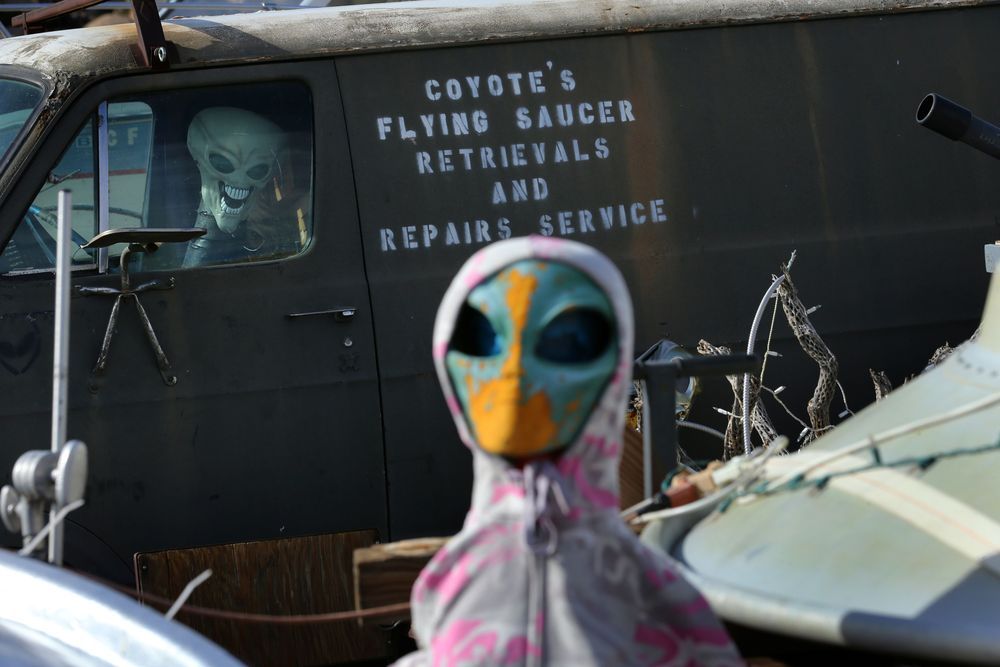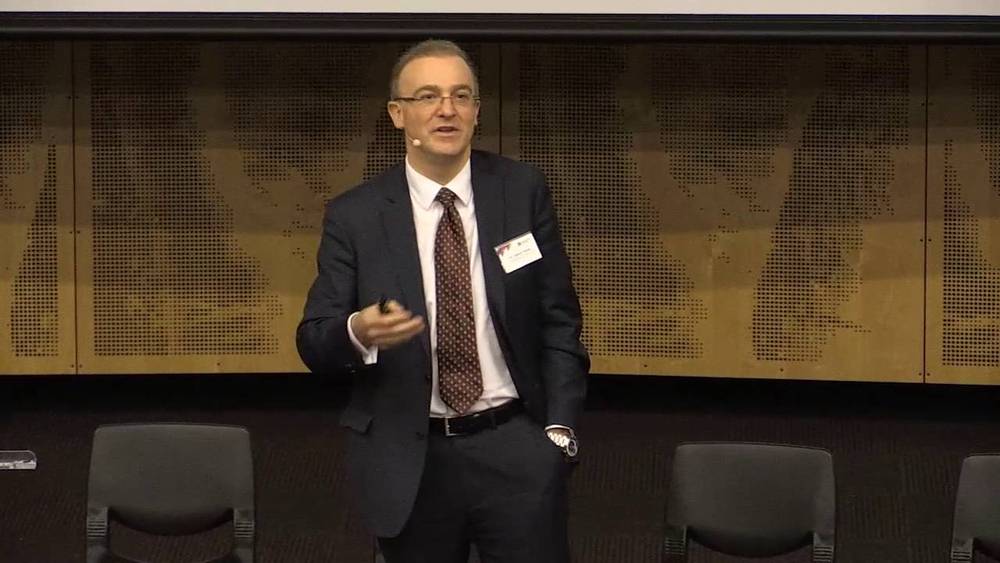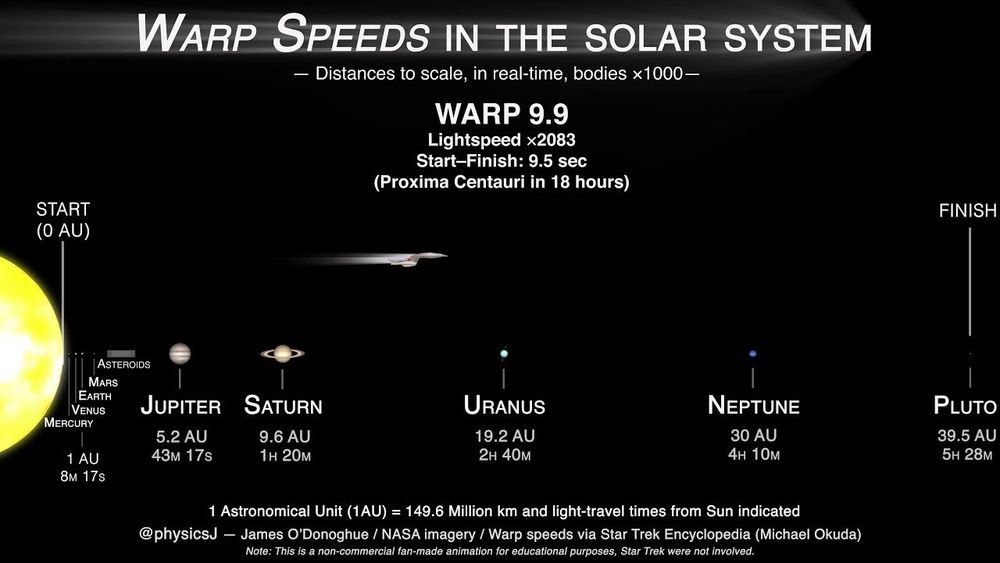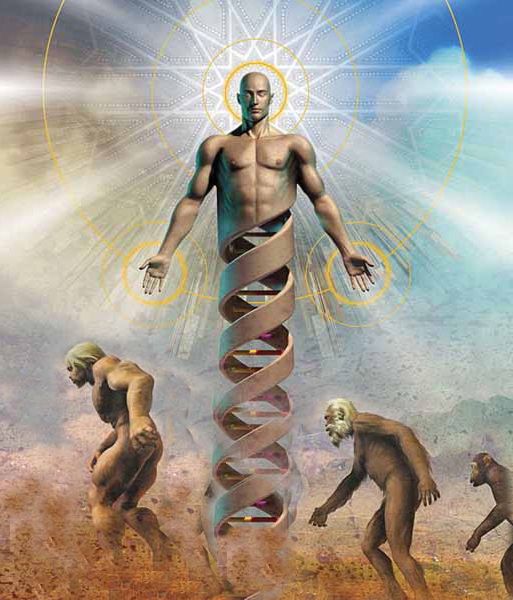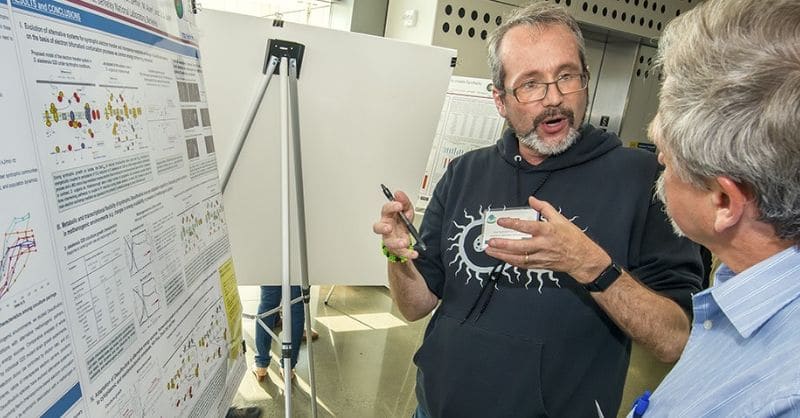Exactly one century ago, on an evening in 1918, renowned physicist Albert Einstein wrote down an idea in the pages of his notebook. That idea could be the key to solving one of the grandest and most elusive mysteries in all of physics: that of dark matter and dark energy. Together they make up over 95% of the universe, working invisibly to envelop galaxies and at once continuing to expand our universe at an accelerating rate, driving us away from nearby star systems and into a future with great divides.
The idea Einstein wrote about was an adjustment to general relativity where empty space would become negative mass moving under the influence of gravity. These negative masses would populate interstellar space. But this idea emerged as a way to explain the cosmological constant — or what Einstein referred to as his life’s greatest mistake. At the time when the cosmological constant was created, it was a widely accepted belief that the universe was static. That is, it was neither expanding nor contracting. But if this was true then something had to be countering gravity to prevent the universe from collapsing in on itself. Thus the cosmological constant with antigravity properties was born.
Today we understand the universe is not static and that it continues to expand, and so the cosmological constant has taken on a new meaning. It represents dark energy within the Lambda CDM, our current and most accepted model of the universe. The newest theory on dark matter and dark energy does not contradict the standard model and instead builds off of the note Einstein made to himself all those years ago.

